Microgreens: The Superfood You Can Grow Right In Your Kitchen
Move over sprouts! Your favorite greens just got even more nutritious, and anyone can grow them. Start your batch today!
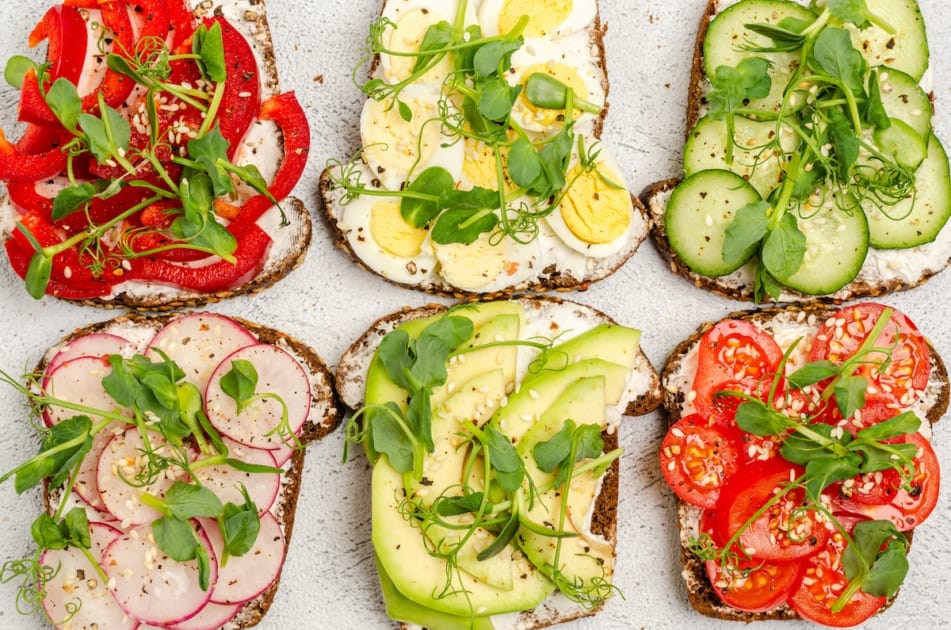
Honey, I shrunk the greens! You may not have heard of microgreens before, but when you read all about them, they’ll become your new favorite salad ingredient. They’re popular among chefs, food enthusiasts, and the health conscious. And the best part — these tiny greens are fast-growing and easy to grow, making them a popular crop among gardeners and commercial growers.
What Are Microgreens?
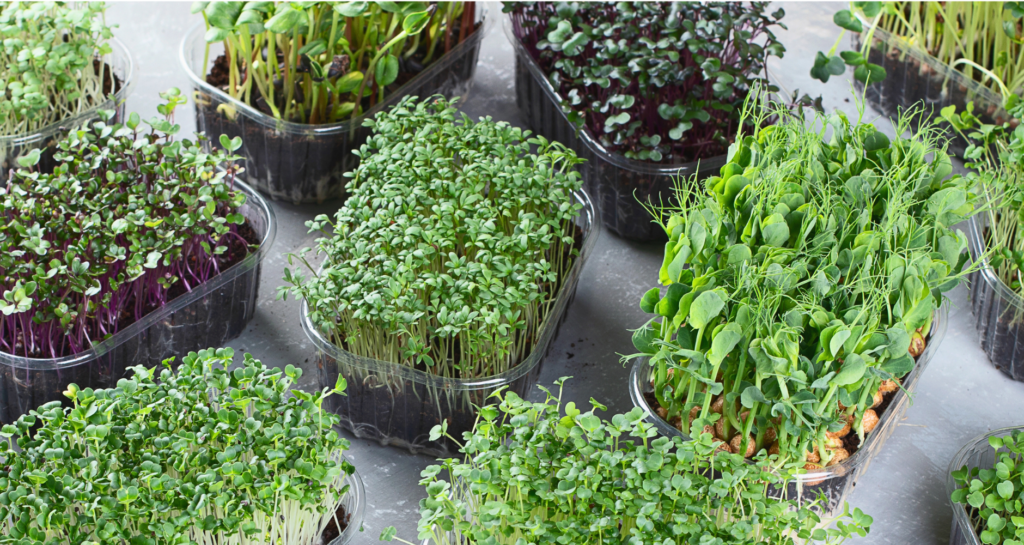
The term microgreens refers to a variety of vegetables and herbs that are harvested at the first or during the early leafing stage. Examples of microgreens include: arugula, amaranth, beet greens, basil, cabbage, carrot, chard, cilantro, cress, kale, kohlrabi, mustard, radish, sorrel, and more. Basically, if you can grow it, it can become an edible microgreen. Microgreens are younger and more tender than baby greens. They may be small in stature — only one to three inches tall when harvested — but they aren’t lacking in flavor. You’ll find that each micro plant’s flavor is more intense than the vegetable or herb would be if it was grown to maturity.
Although harvested microgreens look similar to sprouts, they are not the same. While both are raised indoors due to the fragile nature of the tender, young plants, sprouts are grown in water, without soil, and are eaten with their germinated seed intact. Microgreens, on the other hand, are planted and grown in soil, and are harvested with scissors or other cutting tool. The tiny plants have a long root system that absorbs minerals from the soil, thus enriching their flavor and phytonutrient content. In fact, microgreens have been reported to have significantly higher concentrations of nutrients than their mature counterparts!
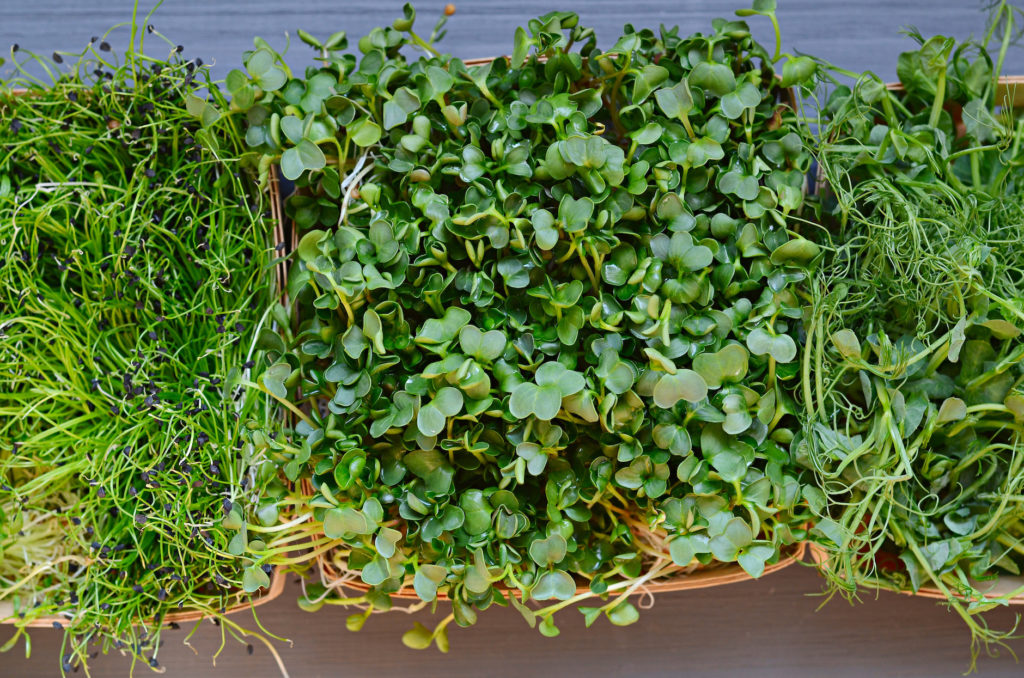
Microgreens were first introduced to the public in the 1980s by California fine restaurant chefs, but are making their way across the continent into various farmers’ markets, grocery stores, and seed catalogs. Microgreens seed companies offer a wide range of micro green seeds you can grow at home. Single seed varieties, as well as mild and spicy mixes, are available.
And growing your own isn’t difficult or costly to do. Microgreens can be grown indoors year round with lights and supplemental heat. Place seed trays on a bench or table top in a greenhouse, garden shed, garage, basement, or in a sunny room.
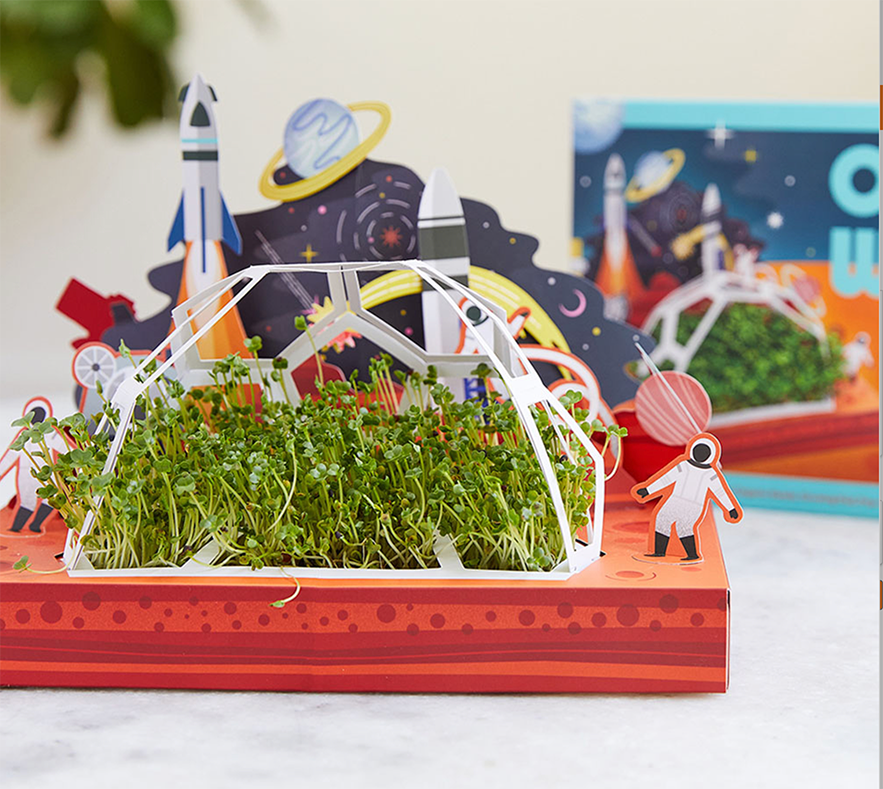
Space Themed Microgreen Grow Kit
Pop, plant and grow! This interactive Microgreens Kit will get you hooked on the bright flavors of nutritious Microgreens. Buy Now!
Growing Microgreens: Supplies You’ll Need
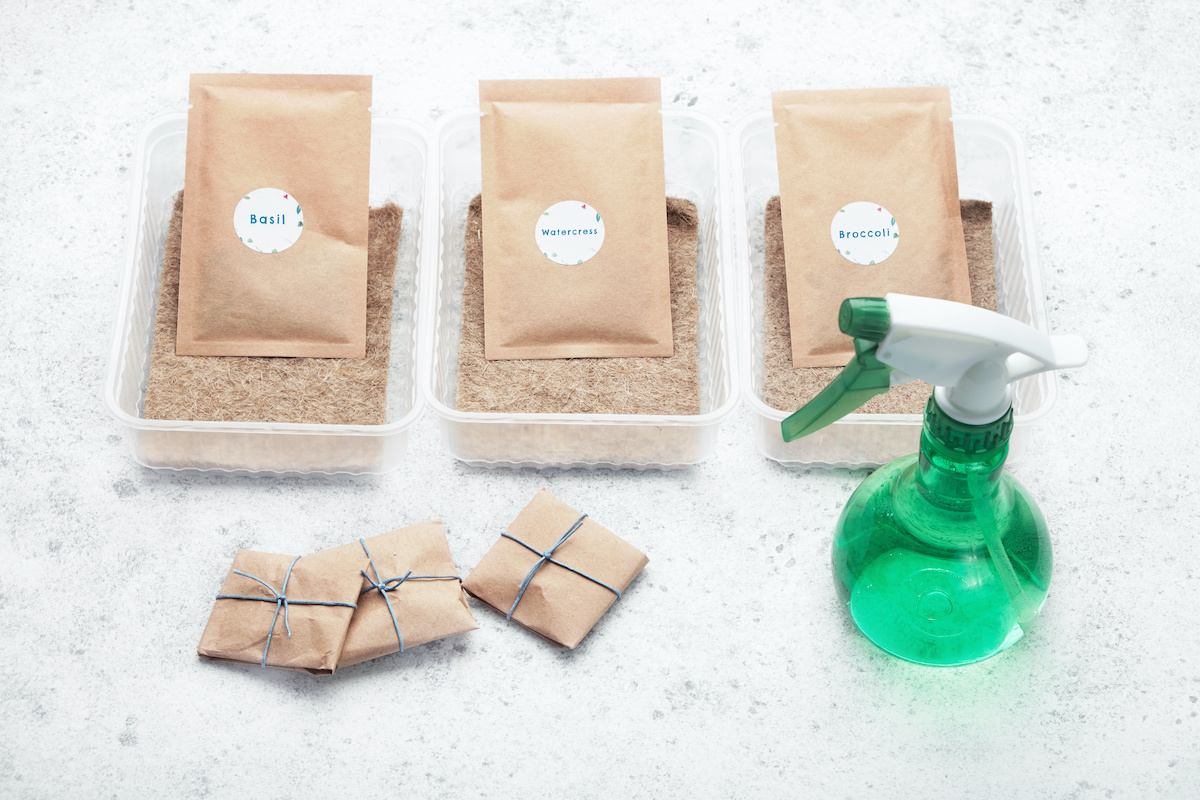
- 2 or more growing trays with domed lids
- Soil mix and vermiculite
- Seeds, single variety or a combination mix
- Heating mat
- Full-spectrum grow light, when growing off-season in an unheated setting or in a room without exposure to sunlight.
Growing Instructions
Broadcast (scatter) seeds thickly on the surface of the soil in the tray. Cover seeds lightly with vermiculite or sowing mix.
Mist with water to avoid disturbing the seeds. Cover with a domed lid. Place on top of a heating mat and under a grow light when growing in cooler temperatures. For best success, follow the seed company’s specific growing instructions.
Harvesting Your Microgreens
Harvest time ranges from under two weeks after germination to four weeks, depending on the growth rate of the seed variety and growing conditions. Beets, carrots and chard take longer to grow than mustard and radish greens. To harvest, clip the desired amount of greens from the tray, above the soil, with scissors. To harvest the entire tray of greens at once, use an electric knife. Store harvested greens in the refrigerator. Once the micro greens are harvested, the soil is removed from the tray and fresh soil is added before broadcasting new seeds. To keep a continuous supply of micro greens ready to eat, plant more than one tray of seeds in succession.
Serving Microgreens
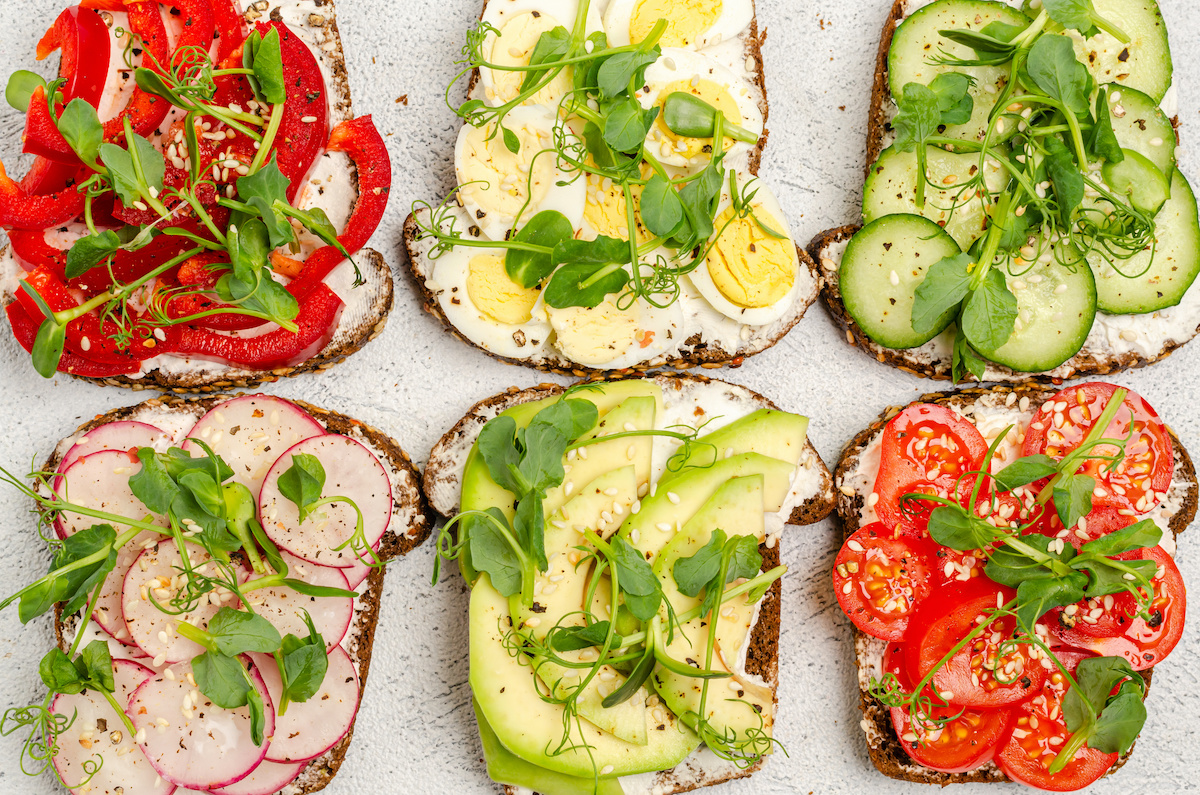
These tiny greens can be enjoyed in gourmet salads, hamburgers, tacos, and in artisan sandwiches. Garnish any entrée with a pinch or two of these flavorful greens for plate and palate appeal. Micro greens are best eaten raw, so if you’re adding them to cooked food, toss them into dishes after removing from heat, just before serving.
To add texture, and robust flavor fold into scrambled eggs, omelets, egg salad, potato salad, and coleslaw. Top bowls of soup, stew, beans and steaming rice. Serve as a bed for fish or steak entrées. Toss into any blender beverage to amp your nutritional intake. The sky’s the limit!

Deborah Tukua
Deborah Tukua is a natural living, healthy lifestyle writer and author of 7 non-fiction books, including Pearls of Garden Wisdom: Time-Saving Tips and Techniques from a Country Home, Pearls of Country Wisdom: Hints from a Small Town on Keeping Garden and Home, and Naturally Sweet Blender Treats. Tukua has been a writer for the Farmers' Almanac since 2004.






any sugguestions on how a single, older person could adapt this to their own needs as to avoid waste?
Hi Mikki, you could just grow one flat of greens and snip off what you’d eat daily. Enjoy them for as long as you can, but you can always set out any extras for wildlife or compost so nothing goes to waste.